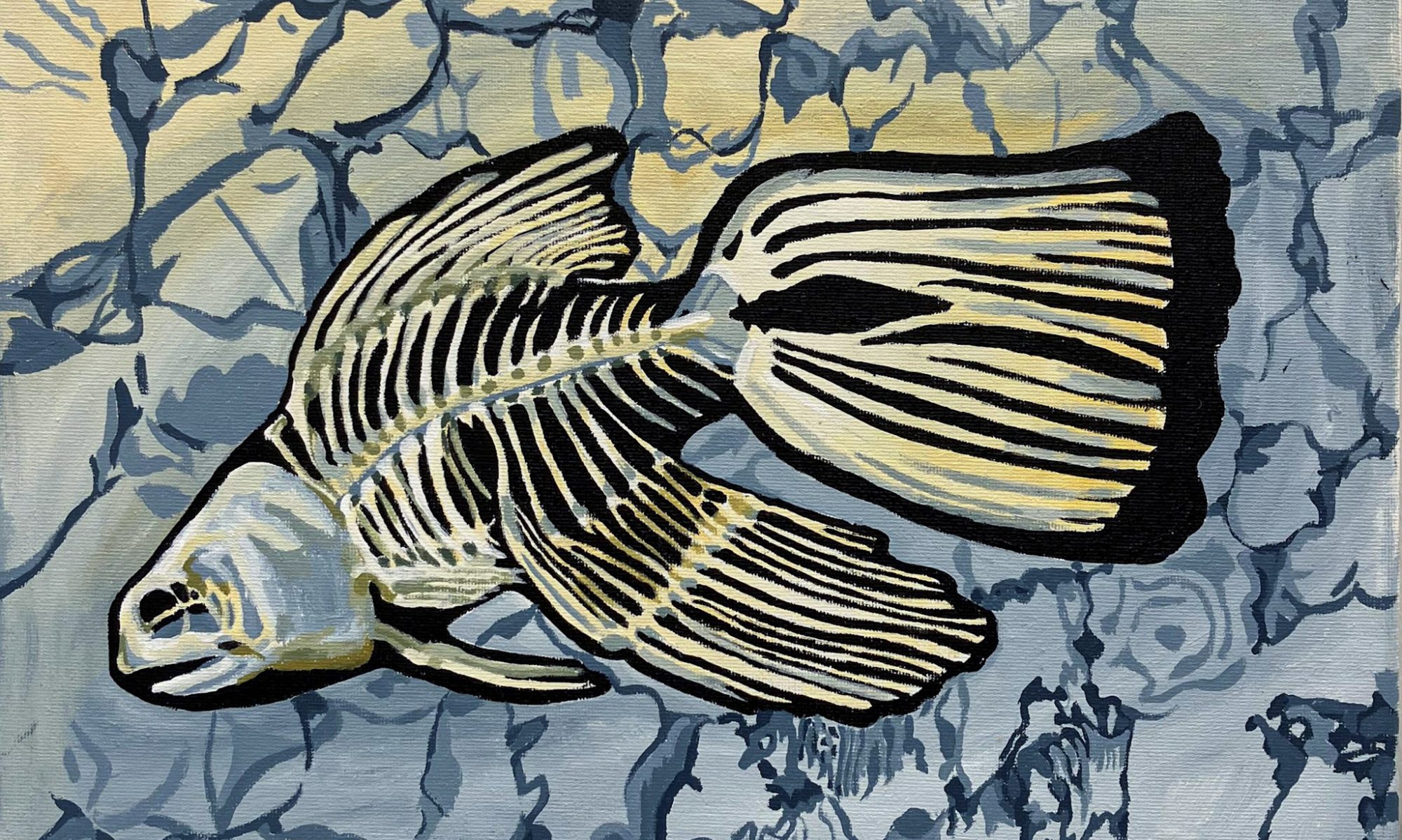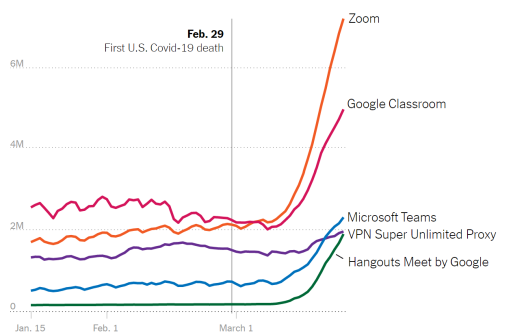In May 2018, influencer and reality TV show star Kim Kardashian posted an ad on Instagram for “appetite suppressant lollipops” by Flat Tummy Co, despite not being FDA approved. This is not the first of the Kardashians’ promotion of pseudo-science “health” products – the reality TV stars have been ambassadors for other body-slimming quick-fix products ranging from Fat burning Tea to Waist Trainers to Hair growth gummies. This essay will use the case study of Kim Kardashian’s promotion of the Flat Tummy Co. lollipops to explore the ways in which digital spaces uniquely enable influencer marketing.
The prevalence of digital spaces has dramatically changed the methods which lend celebrities credibility. Before the era of Instagram, celebrities who were labelled as “famous for being famous” were often openly mocked by the press for being frivolous and shallow. Today, it is often seen as a credible milestone for a celebrity to have even attained fame in the first place — Kim Kardashian has publicly defended herself as “self-made”, and magazines such as Forbes magazines describe Kim Kardashian as a “social media queen” who has “parlayed reality TV into an actual fortune, selling a mobile game, cosmetics and, now, shapewear.” Kim Kardashian’s credibility is justified, rather than dismissed, because of her large social media following. Social media has allowed her trustworthiness to be empirically measured and justified.
For a company that exists nearly exclusively within Instagram, Flat Tummy Co’s partnership with Kim Kardashian was as lucrative as it was harmful. The massive movement generated was thanks to the retailer’s target demographic being nearly perfectly aligned with Kim Kardashian’s average fan. Kim Kardashian has an Instagram following of 212 million people. To put this number into perspective, each one of her tweets could reach an audience two-thirds the size of the United States of America. Nearly 80% of Kim Kardashian’s online audience is female and is predominantly aged between 18-34. Nearly 63% of her audience earns under 50k annually, a percentage that is 1.36 times greater than the baseline. Since the appetite-suppressing lollipop sold by Flat Tummy Co. is a product that could potentially enable unhealthy eating patterns, it is especially dangerous that Kardashian was used as an influencer to target young women, who are particularly susceptible to body image issues. By exploiting these factors, Flat Tummy Co. is able to convince consumers to buy this product, even if it is unsafe and expensive.
Flat Tummy Co., the company that produces the appetite suppressant lollipops promoted by Kim Kardashian, also produces detox teas, detox shakes and vitamins. In addition to this, they have amassed a loyal following of “babes” who can purchase water bottles, yoga mats, tea infusers, leggings and more. Their Instagram has 1.6 million followers but does not allow comments on their posts, presumably due to backlash and hate. By censoring the comments on their posts, the brands prevent threats to their credibility by removing the power of the consumer to contradict the brand’s claims and hurt their brand image.
Without scientific proof of their product’s effectiveness, Flat Tummy Co resorts to social media advertising and influencers to gain credibility. With the sheer number of impressionable consumers on social media – nearly 3.6 billion users – they have become one of the primary tools for advertising and online shopping. In this digital space, influencers have an “intimate” relationship with their following while consumers gain a sense of familiarity and trustworthiness with a random celebrity. These platforms create the perfect space for advertisers to promote their products, adopting the guise of being a part of the user’s social circle and manipulating their purchasing decisions. Its seamless accessibility, addictive reward to users, embedded e-commerce stores, and data-collecting algorithm all contribute to gaining and maintaining a brand’s target audience. According to ex-Instagram employees, the platform is purposely trying “to maximize the time you spend on an app to maximize their profit, regardless of its impact on the mental health and emotional wellbeing of its users.” Similar to companies that use social media, the platform is also aiming to maximize their user profits. The structure and purpose of social media is purposely additive for users allowing companies to be seen as friends rather than as a profit-driven entity.
Altogether, credibility is easily unjustly gained on social media – and digital spaces in general. Influencers are deemed credible because of the confidence their large following has in their opinion. The influencers benefit from having a status of a producer of content while masking as everyday consumers that make their fans believe them because they’re just like us, while also providing unattainable standards for their consumers to aspire to. Brands selling questionable products are undeserving of credibility, yet manage to gain it on social media nonetheless by censoring their audience. Brands can use consumer testimonials as proof of their product’s effectiveness by paying for advertising that has the feeling of an unsponsored post. Through social media, companies can befriend, like any other person in your social network. The platform facilitates relationships between brands and people, making consumers more susceptible to trusting in these brands’ claims. Social media advertising is a machine that is pushing out unmerited credibility at an unprecedented rate – platforms like Instagram create personalities that become trustworthy solely for being famous and allow brands to exploit trust in these influencers for financial gain. With increasing rates of digital literacy, hopefully, more consumers will start to understand why they have trust in a brand or an influencer and question whether or not they should. This is one way that we can slow down the social-media-driven consumerism and spending on quick-fix, harmful non-solutions to insecurities driven by the toxic body image culture on social media.
Works Cited
“36 Essential Social Media Marketing Statistics to Know for 2021.” Chen, Jenn. SproutSocial. Sprout Social, Inc., April 2, 2021. https://sproutsocial.com/insights/social-media-statistics/.
“Flat Tummy Lollipops.” Flat Tummy Co. Accessed April 12, 2021. https://flattummyco.com/products/flattummylollipops?variant=12119845371972&gclid=CjwKCAjw6fCCBhBNEiwAem5SO5Oq2GiHB_0-SauTQR1b8_zZfmsIXN3gE4U6cDFfOSfuHzrXKs0FSBoCqEgQAvD_BwE.
“Kim Kardashian West Shocks Fans with Ad for Appetite-Suppressing Lollipops.” The Guardian. Guardian News and Media, May 16, 2018. https://www.theguardian.com/lifeandstyle/2018/may/16/kim-kardashian-instagram-advert-lollipop-appetite-suppressing-scandal.
“Instagram and Facebook Are Intentionally Conditioning You to Treat Your Phone like a Drug.” Schwär, Hannah. Business Insider. Business Insider, April 5, 2020. https://www.businessinsider.com/facebook-has-been-deliberately-designed-to-mimic-addictive-painkillers-2018-12.
“Kim Kardashian West.” Forbes. Forbes Magazine. Accessed April 12, 2021. https://www.forbes.com/profile/kim-kardashian-west/?sh=6178062541d6.
“How Are Appetite Suppressing Lollipops Still a Thing?” Marie Claire. Marie Claire, October 5, 2018. https://www.marieclaire.com/health-fitness/a23306006/appetite-suppressing-lollipops-outrage/.
“SAFFRON: Overview, Uses, Side Effects, Precautions, Interactions, Dosing and Reviews.” WebMD. WebMD. Accessed April 12, 2021. https://www.webmd.com/vitamins/ai/ingredientmono-844/saffron#:~:text=Saffron%20is%20POSSIBLY%20SAFE%20when,can%20occur%20in%20some%20people.
“This Is How The Instagram Algorithm Works in 2021.” Warren, Jillian. Later Blog. Later,
March 26, 2021. https://later.com/blog/how-instagram-algorithm-works/.






























It?s really a cool and helpful piece of info. I?m glad that you shared this helpful info with us. Please…